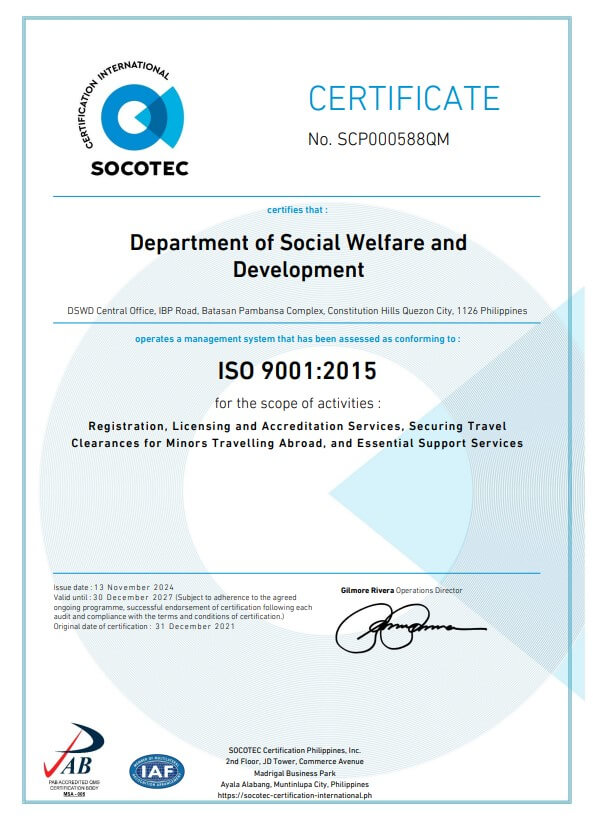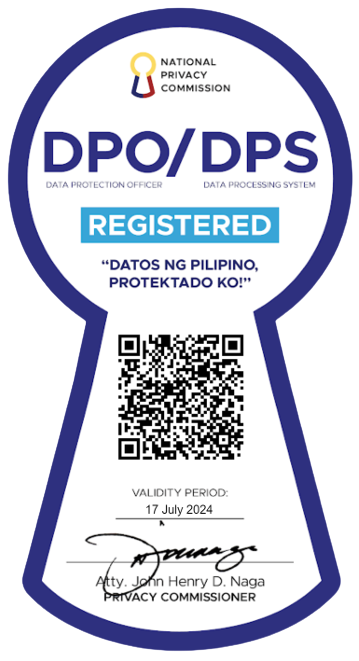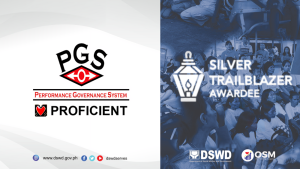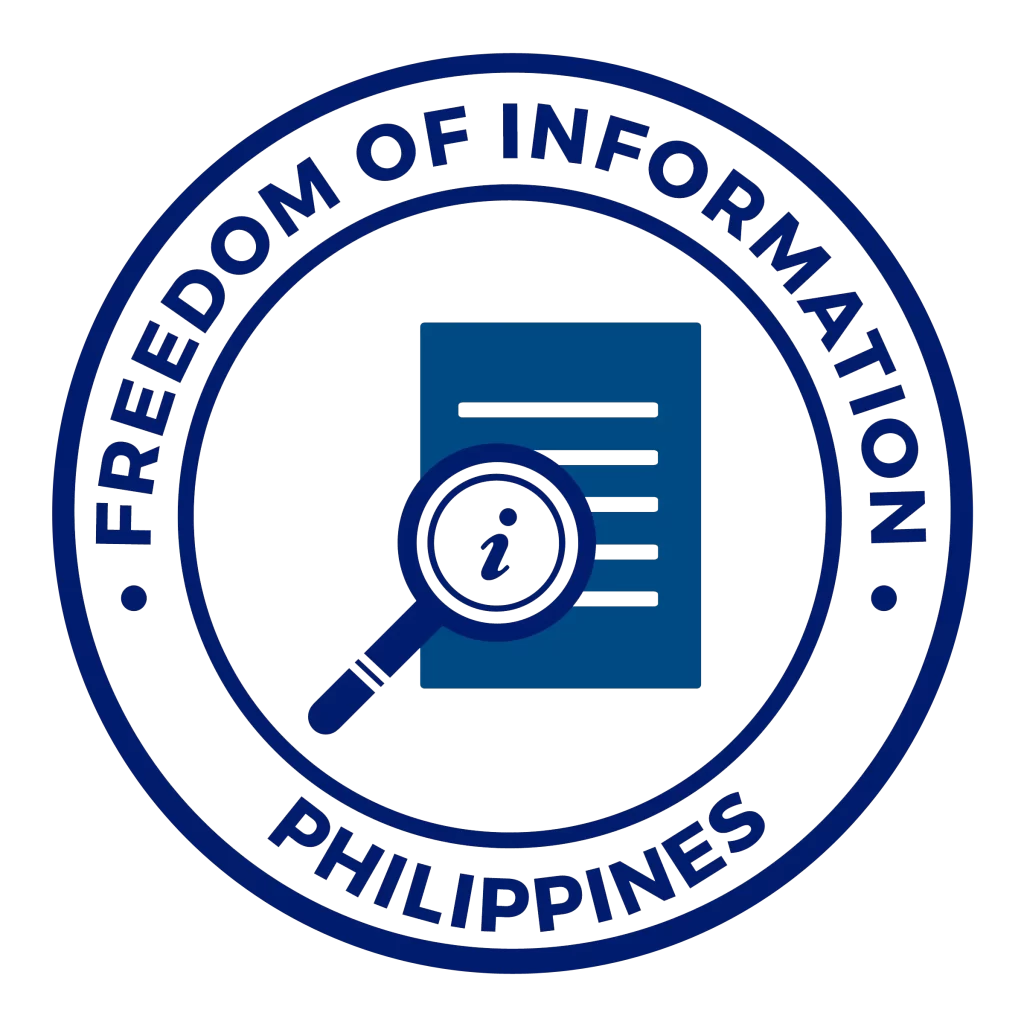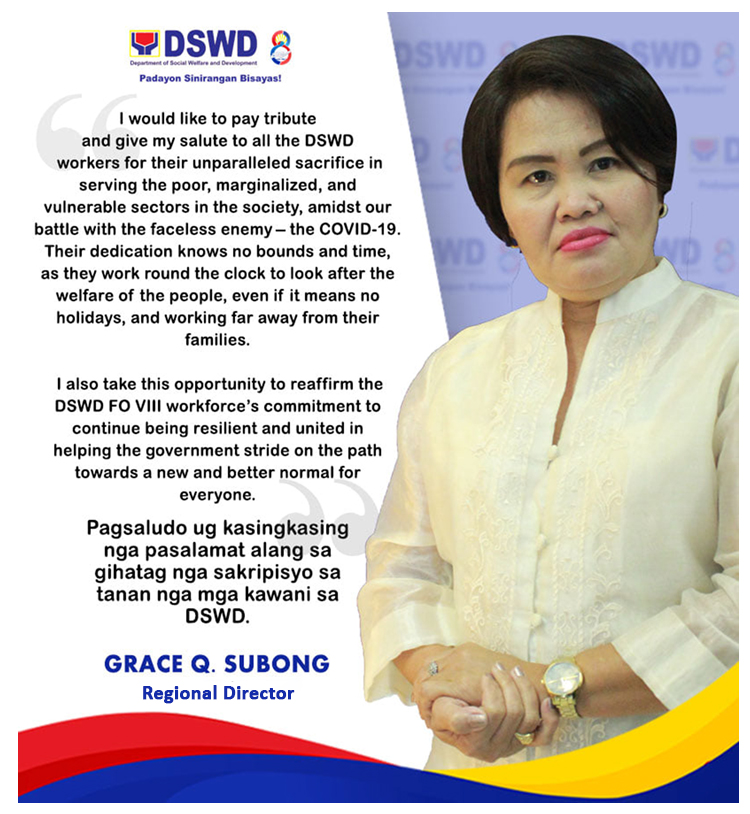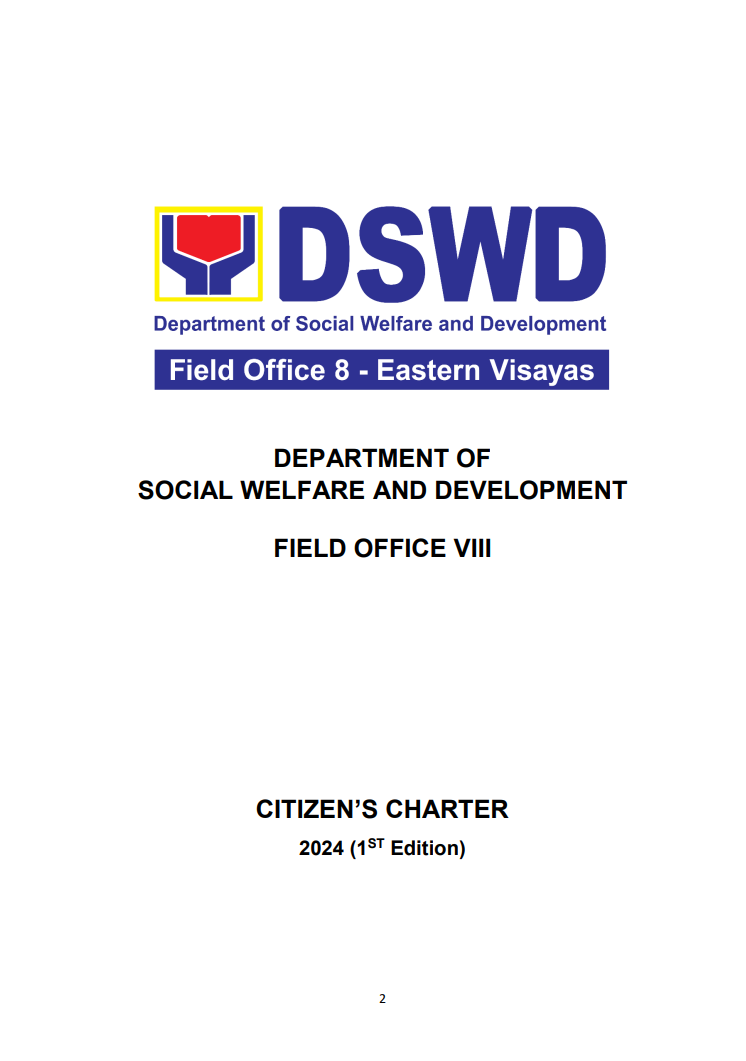 The Asian Development Bank recently visited the Department of Social Welfare and Development (DSWD) Region Eight to explore the Provincial Government Unit (PLGU) of Leyte on its involvement in the implementation of the Kapit-Bisig Laban sa Kahirapan – Comprehensive and Integrated Delivery of Social Services (Kalahi-CIDSS). The mission team was composed of Joel Mangahas, the team leader, Yukiko Ito, a Japanese National, and Gerard Servais, a Belgian.
The Asian Development Bank recently visited the Department of Social Welfare and Development (DSWD) Region Eight to explore the Provincial Government Unit (PLGU) of Leyte on its involvement in the implementation of the Kapit-Bisig Laban sa Kahirapan – Comprehensive and Integrated Delivery of Social Services (Kalahi-CIDSS). The mission team was composed of Joel Mangahas, the team leader, Yukiko Ito, a Japanese National, and Gerard Servais, a Belgian.
Mangahas said that the ADB is looking into the possibility of providing technical assistance to PLGUs for the scaled-up implementation of the community driven development (CDD) process. In the meantime however, they are still scoping as to how and what technical assistance they can provide.
He added that they had just visited the province of Albay before coming to Leyte, and will also visit the Compostella Valley right after. The said three provinces are identified for pilot PLGU engagement.
DSWD Secretary Dinky Soliman, who also came with the team, said that the selection is not final yet.
“We are looking into Leyte because we know that the Governor here has been actively supporting Kalahi-CIDSS from the start of its implementation way back in 2003. And based on our assessment, Leyte is one of the best in CDD implementation”, she added.
DSWD Regional Director Leticia Diokno affirmed that the Governor usually attends to Kalahi-CIDSS related activities like the World Bank Mission and Provincial Inter-Agency Committee (PIAC) meetings.
“Here in Leyte, the Governor is really supportive to Kalahi-CIDSS and to other social protection programs of DSWD: the Pantawid Pamilya and SEA-K or the Self Employment Assistance – Kaunlaran. Also, the PLGU does not look into the political affiliation of the municipality or the barangays when it comes to provision of local cash counterpart (LCC). The PLGU provides LCC to prioritized sub-projects of the barangays regardless of politics”.
The big challenge though that the scale-up of Kalahi-CIDSS CDD faces now is the 2013 election.
Diokno quipped, “If the person who will sit down in the next leadership is an opposition, or let’s say, not a pro-development, there is this certain notion not to honor what has been committed by the previous leader”.
Sec. Soliman remarked, “That’s why we are working on strengthening the institutionalization of the scaled-up Kalahi-CIDSS CDD. We have more than a year to work on it and one way is to intensify the role of our information officers in information dissemination and advocacy”.
Assistant Secretary Camilo Gudmalin asserted that considering that the 2013 election is a “risk”, it is therefore important to learn how to manage the “risk” and how to systematize the process.
“Through participatory situation analysis (PSA), we can have our stakeholders’ analysis. Then the community should learn to identify whether the next leader is supportive, opposition, or neutral”, Gudmalin added.
KALAHI-CIDSS is the government’s banner anti-poverty project spearheaded by the DSWD. It aims to improve local governance, empower the community and reduce poverty using the Community Driven Development (CDD) approach – a process wherein the community identify, select, design, implement and maintain sub-projects according to their most pressing needs.

